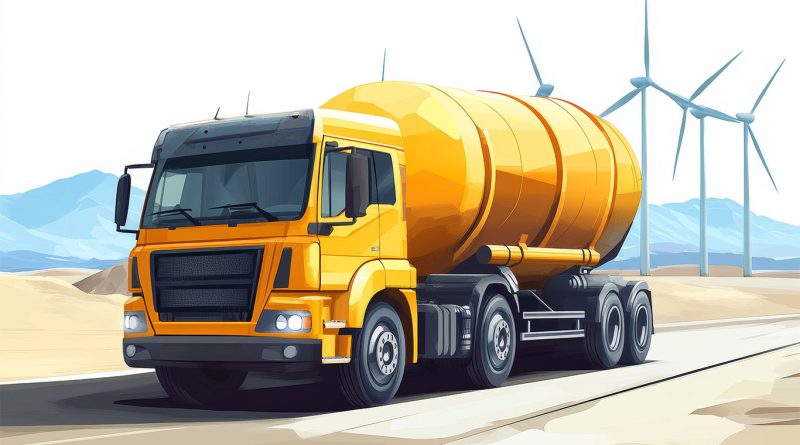A California Startup May Have the Solution to Cement’s Climate Impact
Subscribe to our free newsletter today to keep up to date with the latest construction news.
Cement production accounts for roughly 8% of global carbon dioxide emissions, more than aviation and shipping combined. These emissions result not just from fossil fuels used in production, but from the chemical process of converting limestone into clinker, the core ingredient in cement. Despite growing attention to emissions from transportation and power generation, cement has remained a relatively overlooked climate challenge, largely because of its deep integration in global development.
With worldwide demand for concrete expected to increase steadily over the next few decades, the industry faces a critical question: How can it meet growing infrastructure needs while significantly reducing its carbon footprint?
Fortera’s breakthrough approach to carbon recapture
A startup based in Silicon Valley may have found a viable solution. Fortera, founded in 2019, has developed a proprietary process that captures carbon emissions from cement kilns and reincorporates them into the cement itself. Its patented ReCarb process mineralizes CO₂ into a synthetic form of limestone, which is then used to produce a low-carbon cement called ReAct.
Unlike conventional carbon capture and storage systems, which often require new infrastructure and large upfront investment, Fortera’s approach is modular and integrates directly into existing facilities. It operates at a lower temperature than traditional cement kilns, reducing energy use while achieving a comparable strength profile in the final product.
The result is a product that can reduce emissions by as much as 70 percent per ton of cement, using equipment and workflows already familiar to the industry.
Real-world application: scaling up at the Redding facility
In early 2025, Fortera launched its first commercial-scale project at a CalPortland facility in Redding, California. The ReCarb plant is positioned next to a traditional cement kiln and is expected to capture more than 6,000 tons of carbon dioxide annually. This captured carbon is used to produce approximately 15,000 tons of green cement per year.
Initial performance targets include a 10 percent emissions reduction, with room for further optimization. Crucially, Fortera’s approach avoids the need for new facilities or production methods, making it an easier option for legacy manufacturers under increasing pressure to lower emissions without raising production costs.
Economic and environmental incentives for change
Fortera’s process holds commercial appeal along with environmental benefits. In August 2024, the company closed an $85 million Series C funding round led by Khosla Ventures and Temasek, with participation from industrial giant Saint-Gobain. This capital is dedicated to global deployment of the technology and additional site integrations.
The company has also partnered with Sumitomo Corporation to bring the ReCarb process to major cement producers across Asia and the Middle East. Regulatory momentum in both Europe and North America is creating new pressure for low-carbon alternatives in the building sector.
Fortera’s solution arrives at a pivotal moment. Governments are tightening carbon regulations, and developers face growing expectations around sustainable sourcing. Scalable, cost-effective alternatives to traditional cement remain limited.
The path forward for green cement will depend on how effectively startups like Fortera can prove their performance at commercial scale and win over cautious industry incumbents. With a working model in Redding, strong investor interest and international partners, the pieces are beginning to align.
Sources
